Yes, you can really cook Bacon in a Cold Oven—a method that benefits from going slow and low.
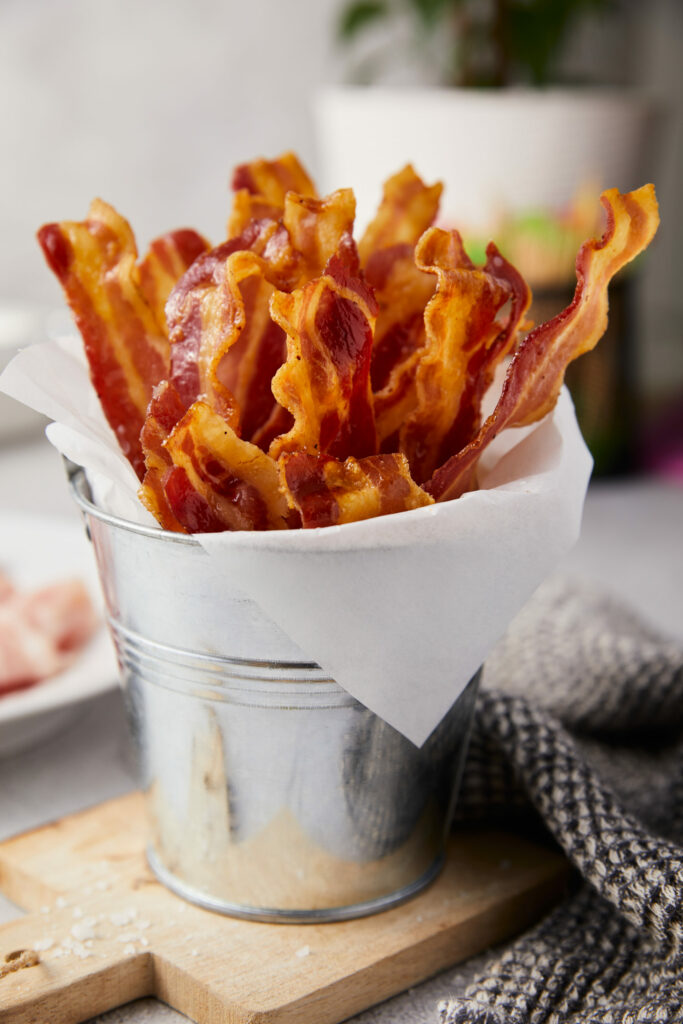
Fried, broiled, air-fried: People LOVE bacon. Whether they’re eating it as a meal in itself or as an ingredient in everything from salads to pasta dishes, bacon is super versatile and super tasty. Have a dish you want to make even more delicious? Add bacon to it. It’s simple, really.
This time around, I’m trying out cooking bacon in a cold oven. At least, that’s what the recipe is called. I had my suspicions when I first heard about it, too. That’s because it’s a misnomer. The oven starts off cold but warms up after you put in the bacon. So don’t worry, you won’t be eating cold, uncooked strips of fatty bacon.
This method took off when people realized the fat is better rendered when done slowly, which really crisps up the bacon. And, you don’t have to flip the bacon. It’s one of the most low-maintenance methods imaginable. Tasty, crispy bacon with little effort? Yes, please!
Is Bacon In A Cold Oven Healthy?
Bacon isn’t exactly known for its health benefits. While it does have protein, it’s also high in sodium and fat. Just how much of a concern this is will depend on the diet you may be on. If you bake the bacon on a rack, then it allows the fat to drip away—but merely using the cold oven technique doesn’t affect the nutritional value of the bacon by itself. Bacon is suitable for low-carb, gluten-free, and keto diets.
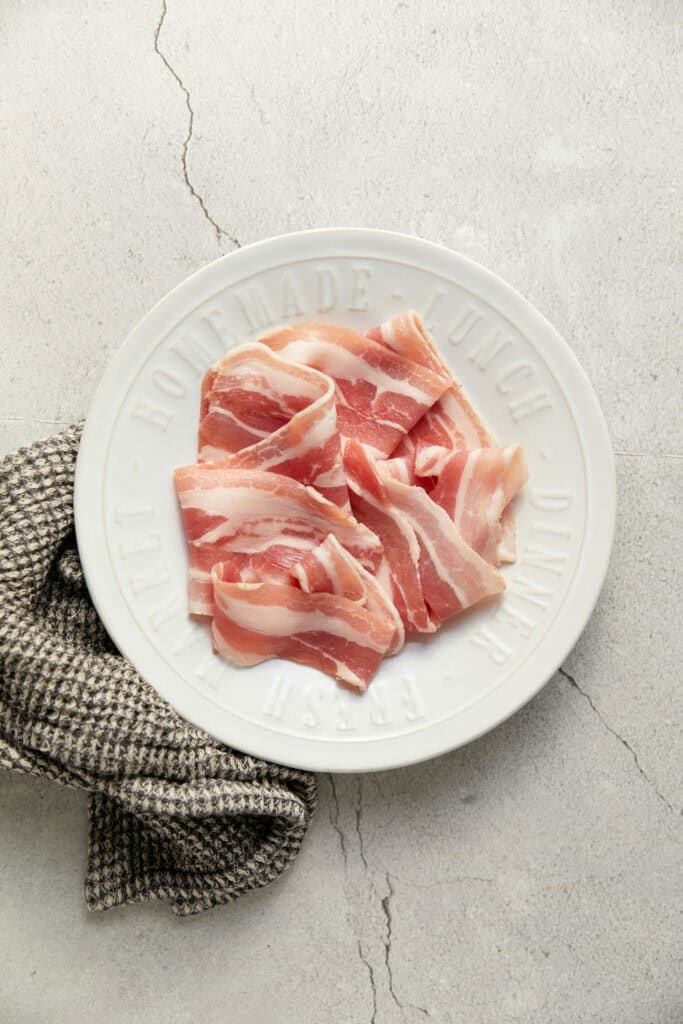
The Benefit Of Slow And Low
When you cook bacon starting in a cold oven, you render the fat slowly. This is simply the process by which fat goes from a solid state to a liquid. When it becomes a liquid, it cooks the bacon, making it crispy. It does the same thing in a frying pan over high heat, just quicker.
The benefit of rendering the fat slowly is that it helps cook the bacon in a uniform way—no burnt edges, no underdone middle. And, it also helps prevent the bacon from curling or shriveling up. Perhaps best of all, rendering the fat slowly doesn’t splatter! This means an easier cleanup for you. Win-win.
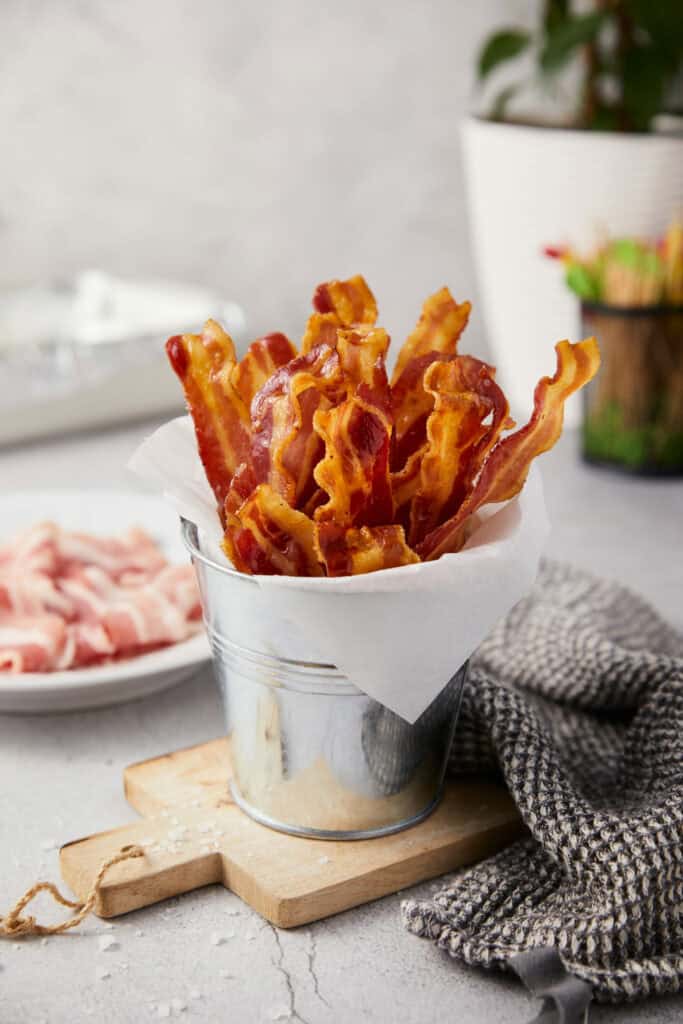
How To Make Ahead And Store
Let the bacon cool completely, then put the strips in an airtight container. They should keep in the fridge for 4-5 days. You can also freeze the bacon. I usually wrap my strips in plastic wrap or foil and then place them in an airtight container. They should keep for up to 3 months. Thaw the bacon out in the fridge overnight for best results before reheating in the microwave or in a pan.
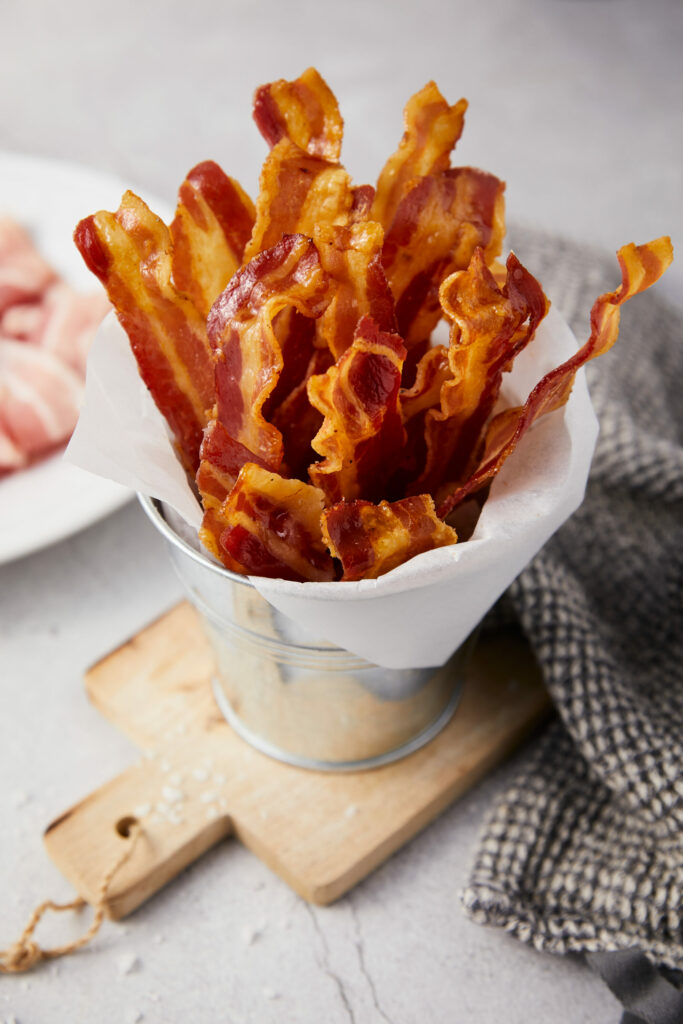
Serving Suggestions
Now that you’ve got your perfectly cooked bacon, there are so many things you can do with it! Of course, you can eat it by itself, too, but don’t stop there. You can crumble it on top of a Balsamic Butternut Squash Salad, mix it in with these Roasted Brussels Sprouts, or use it as a topping for some seriously addicting Bacon Deviled Eggs.
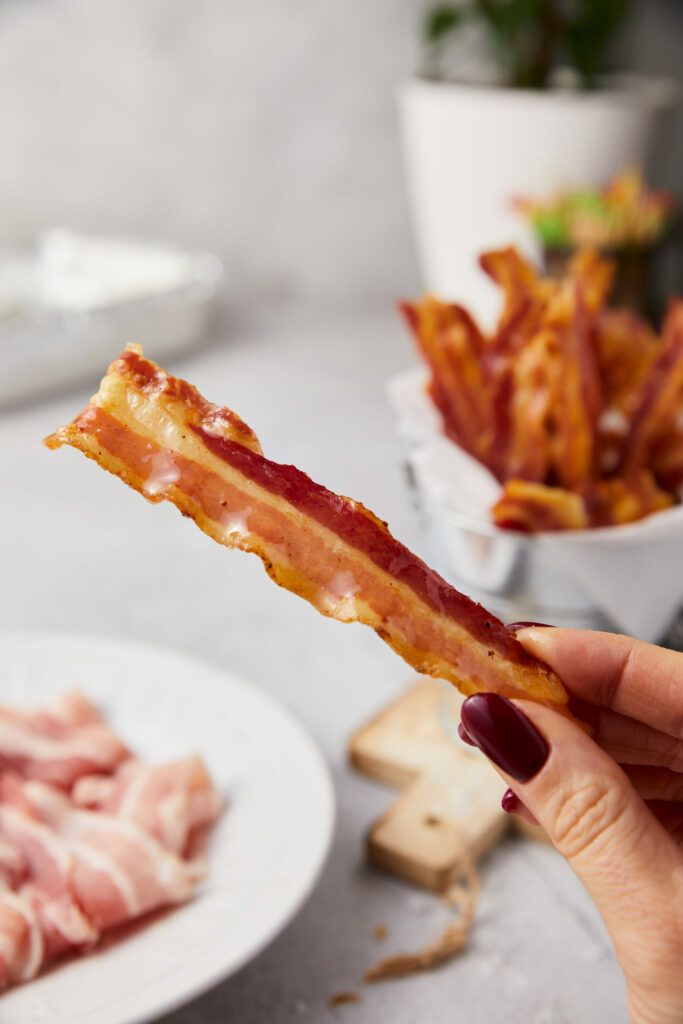
Recipe
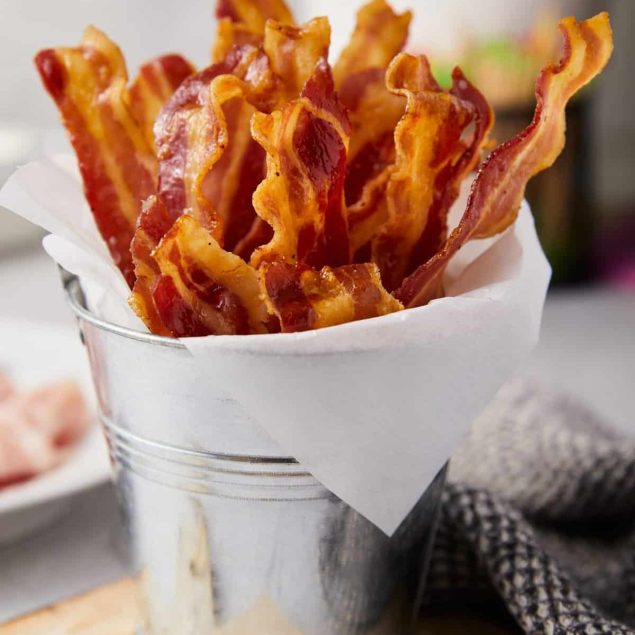
Ingredients
- 12 ounces sliced bacon
Instructions
- Arrange the bacon slices lying flat on a foil-lined baking tray or baking dish. Do not overlap.
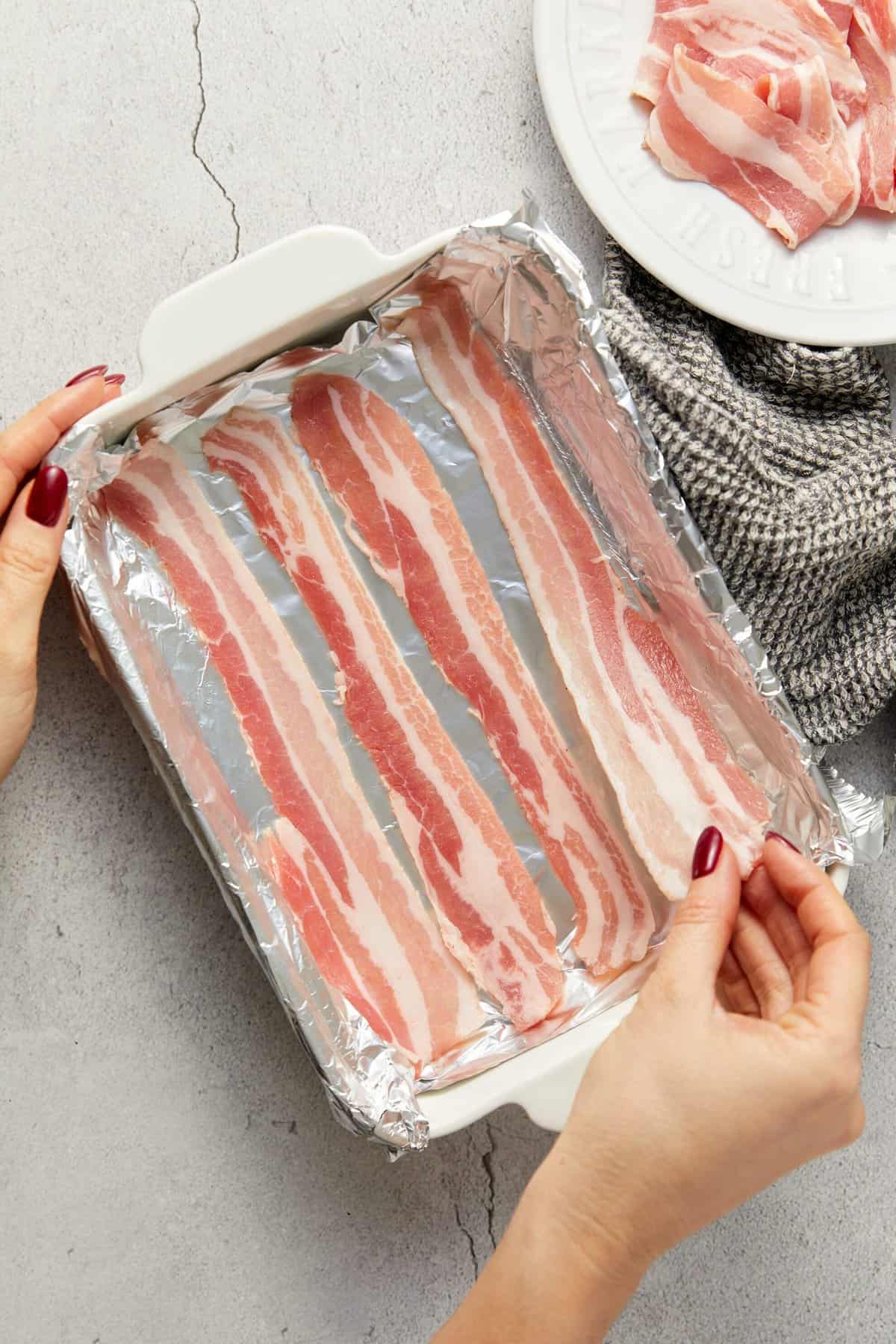
- Place the tray in a cold oven then set the heat to 425 degrees Fahrenheit.
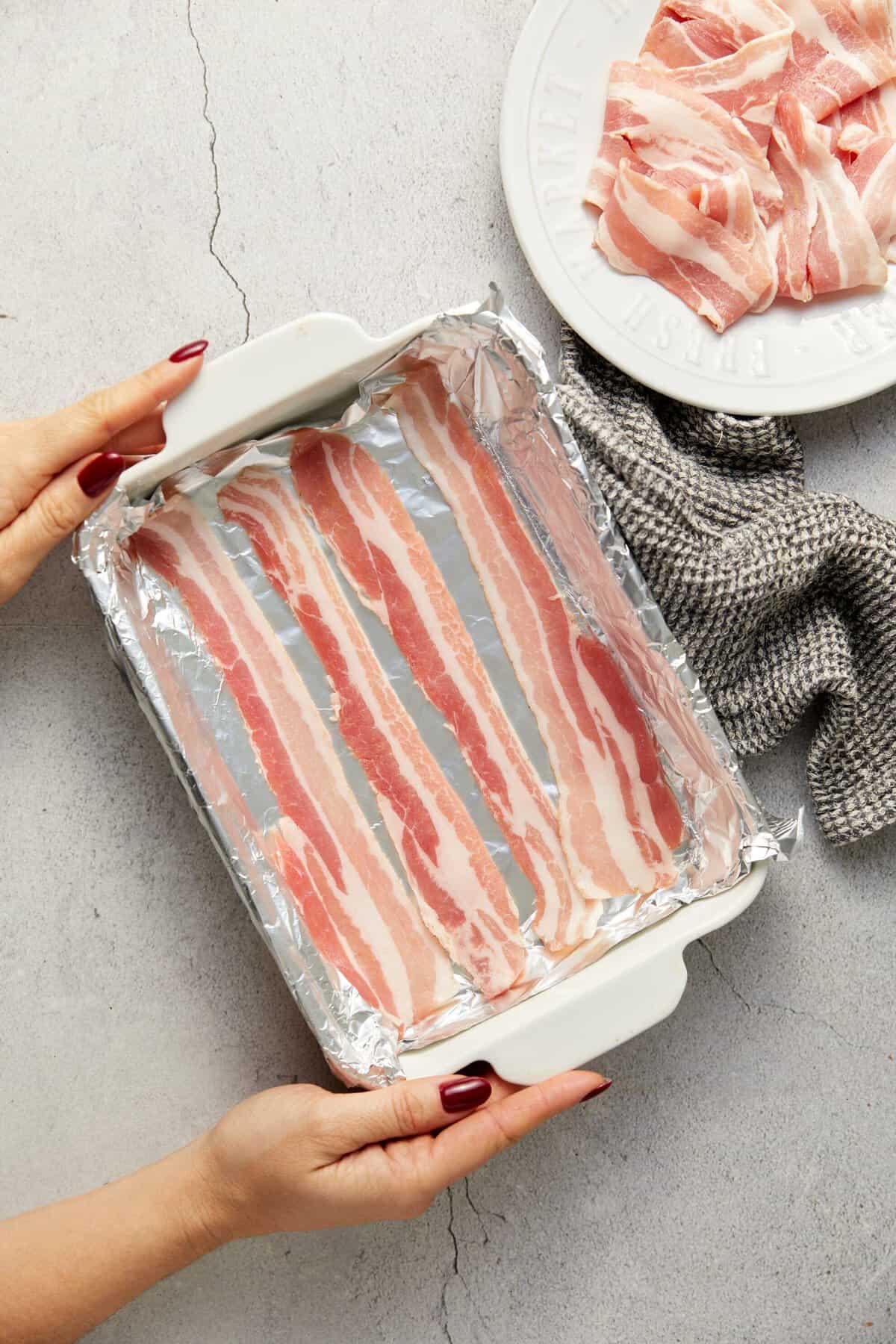
- Rotate the baking tray when the oven reaches 375 degrees Fahrenheit.
- Continue cooking for another 5 minutes.
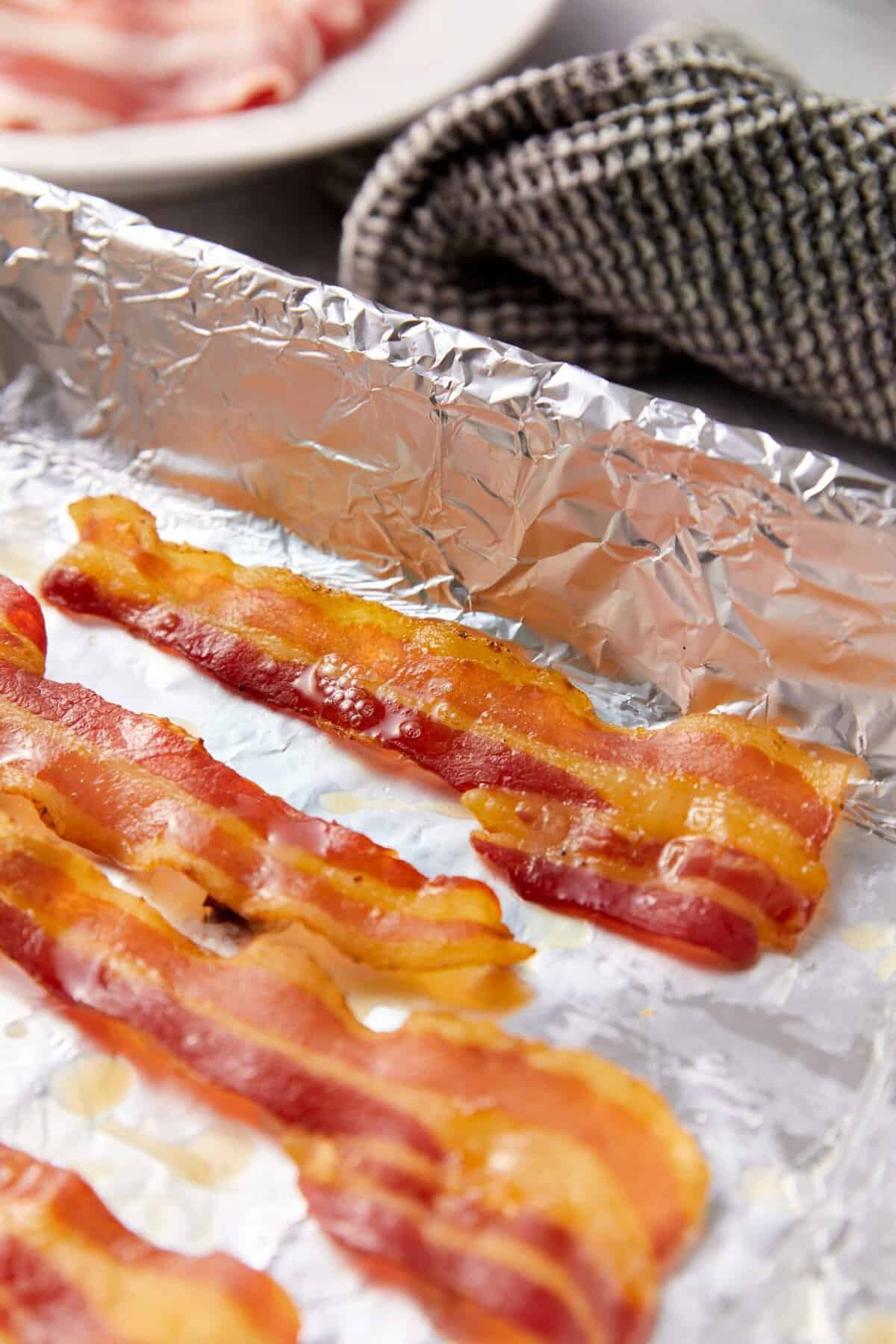
- Once the bacon has turned crisp, transfer the strips to a paper towel-lined plate to drain.
Nutrition Info:
Recipes written and produced on Food Faith Fitness are for informational purposes only.
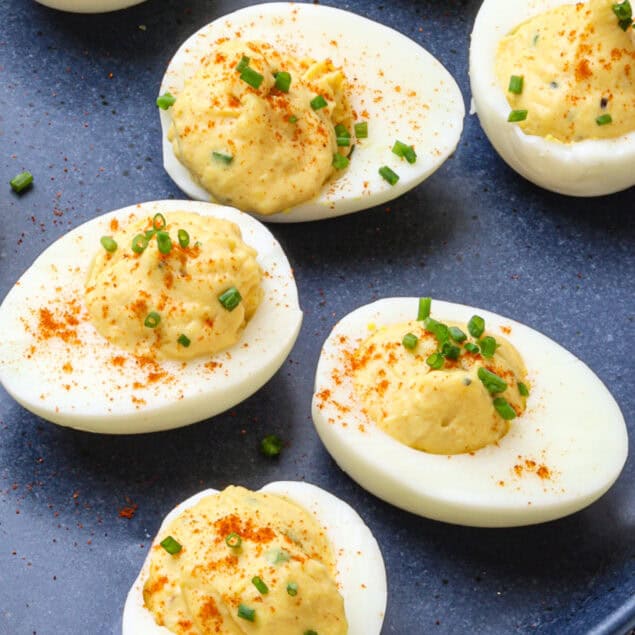
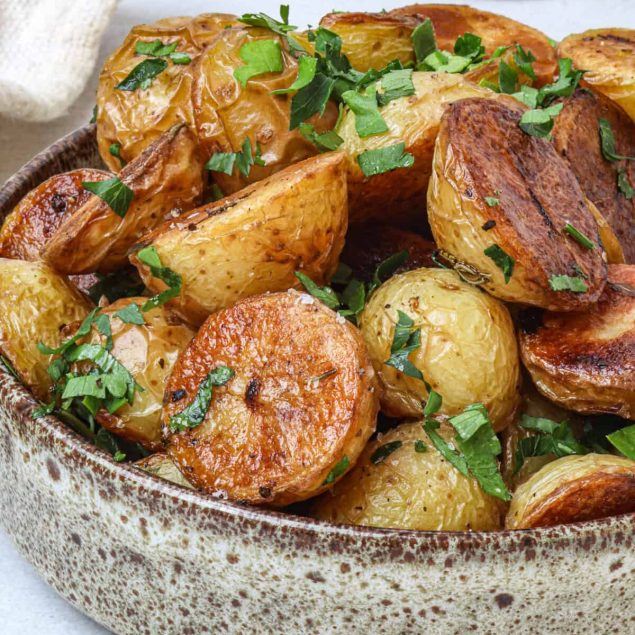
Leave a Comment